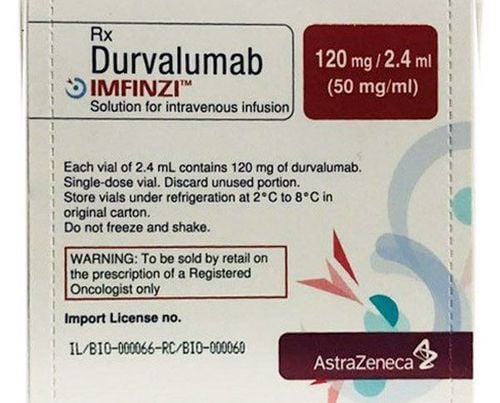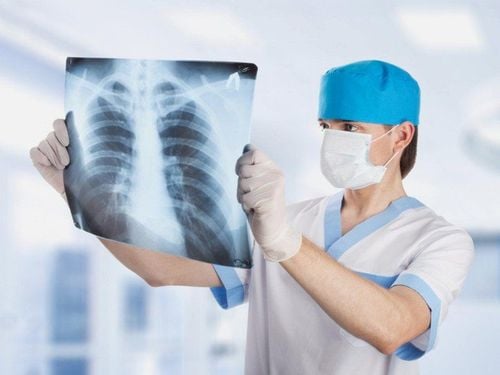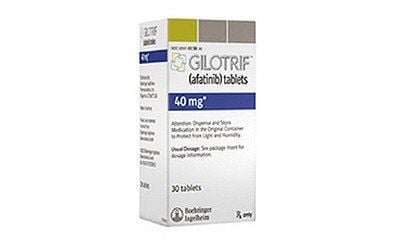This is an automatically translated article.
The article is written by Master, Doctor Mai Vien Phuong - Head of Department of Gastrointestinal Endoscopy - Department of Medical Examination & Internal Medicine - Vinmec Central Park International General Hospital.Surgical removal of a cancerous tumor from the body is often used to treat early-stage non-small cell lung cancer (NSCLC). In the following article, we will learn about surgical methods for lung cancer patients.
1. Lobectomy surgery
The lungs are divided into five lobes - three lobes in the right lung and two lobes in the left lung. Cancer can develop in any part of the lung. If the cancer is in one or more of your lobes, your doctor may perform a lobectomy to remove the lobes that contain cancer cells. This surgery is an option when one or two lobes need to be removed.2. Surgery to remove the entire diseased lung
Sometimes, treatment for lung cancer requires removal of the entire affected lung. This may be needed if the cancer affects more than two lobes, such as all three of your right lobes or both of your left lobes. This surgery removes the cancer from your body so it doesn't continue to grow or spread.This procedure is not recommended for everyone. Since this surgery will remove an entire lung, you will have to have a lung exam done first. This helps ensure you will have enough healthy lung tissue left after surgery. Healthy lung tissue allows you to breathe enough. During this procedure, your surgeon will make an incision in your side. They then remove your lung after separating the tissue and ribs.
Tumor excision can treat lung cancer but it is a complicated procedure. The doctor may only recommend this procedure if the patient has a good chance of remission. If you have terminal cancer or it has spread, a pneumonectomy may not help.
3. Surgery to remove part of the lung
Another surgical option is to remove only part of the diseased tissue from the lung. Your doctor may recommend this method when the tumors are small and have not spread beyond the lungs. Options include:Wedge resection: This removes a small portion of lung tissue from one or more lobes. Pulmonary resection: This removes a larger part of lung tissue but does not remove the entire lobe. Near-total lung resection: This surgery is an alternative to removing the entire lung. It preserves part of the lung by removing the cancerous area, including parts of the bronchi or airways. Surgery can be an effective treatment for lung cancer. However, your doctor may also recommend chemotherapy or radiation therapy after surgery. This treatment is a preventative measure and helps kill the microscopic cancer cells that can spread to your lymph nodes.
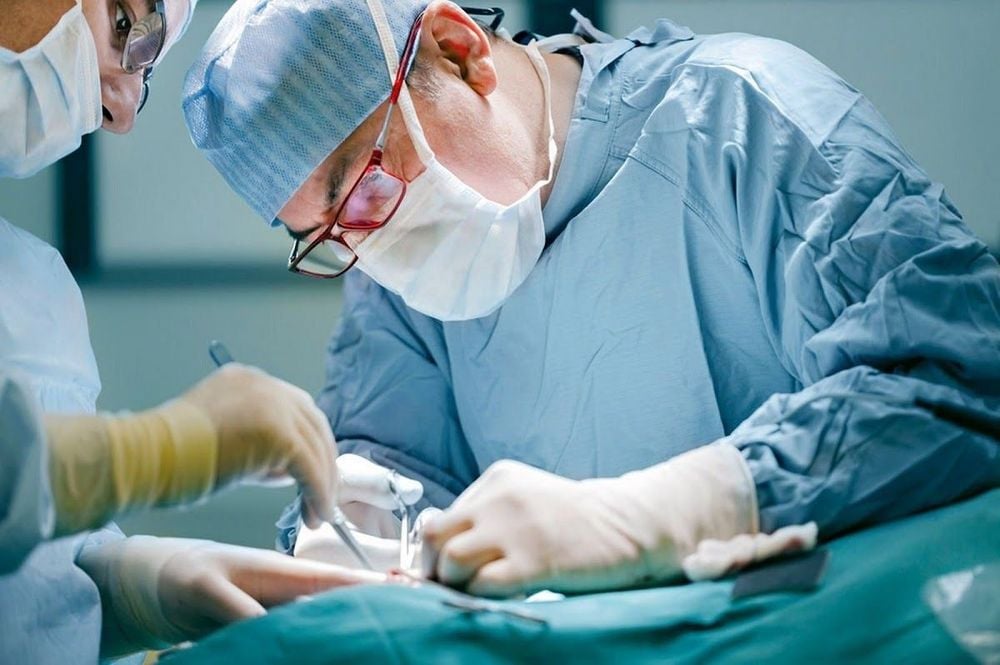
4. How is lung cancer surgery performed?
We have many other ways to perform the above surgical methods.4.1. Open surgery (thoracotomy) The surgeon makes an incision below the nipple and around the back below the shoulder blade. This type of surgery is used when the entire lung is removed.
4.2. Video-assisted intrathoracic pneumonectomy This is a minimally invasive surgery to remove cancer without opening the chest. This is used to remove lobes or sections of the lung. The surgeon makes a small incision. Next, they inserted a long tube with a camera attached to the chest. They can then perform surgery while viewing images of your lungs on a monitor.
4.3. Robotic-assisted surgery Robotic-assisted surgery is another minimally invasive procedure to remove cancer cells. With this surgery, your doctor performs the procedure while sitting at the control unit. The surgical team inserts a tiny camera into a small incision. Surgical instruments attached to the robotic hand are used in this procedure. Your doctor guides the robotic hand from the control unit. This surgery can help with hard-to-reach tumors.
5. Risk of lung cancer surgery
Lung cancer surgery is a serious surgery and it can take weeks or months to recover depending on the procedure. Although effective, surgery has some risks, such as:Allergic reactions to the anesthetic. Bleed. Blood clots. Infection . Pneumonia. It is important to discuss these risks with your doctor. Another possible long-term complication is difficulty breathing with certain activities. This is especially true if you have lung disease along with lung cancer (such as emphysema or chronic bronchitis).
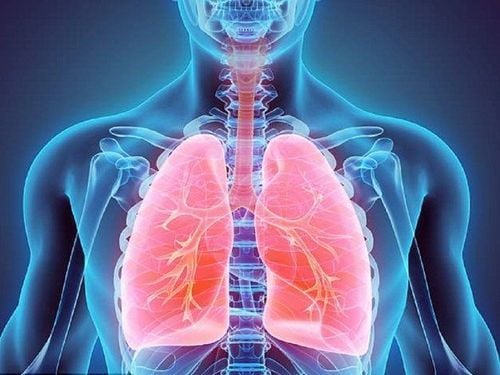
6. Conclusion
Surgery is an effective treatment for lung cancer, but it is not recommended for everyone. This treatment can cure early stage lung cancer that has not spread. However, even if surgery is successful, your doctor may recommend additional therapy such as chemotherapy or radiation. In general, you should start lung cancer treatment as soon as possible. Talk to your doctor to understand the surgical options you may have.Lung cancer screening is the most effective measure for you to detect and promptly treat lung cancer, protect your health and life. Currently, Vinmec International General Hospital has a lung cancer screening package with many outstanding advantages such as: A team of highly qualified and experienced doctors; Having a full range of specialized facilities for diagnosis and staging before treatment: Endoscopy, CT scan, PET-CT scan, MRI, histopathological diagnosis, gene-cell testing, .. Having a full range of main cancer treatment methods: surgery, radiation therapy, chemotherapy, stem cell transplant, ... will help customers screen the disease effectively and have timely treatment if detection.
Please dial HOTLINE for more information or register for an appointment HERE. Download MyVinmec app to make appointments faster and to manage your bookings easily.
Reference articles: cancercenter.com, cancer.org, cancerresearchuk.org




